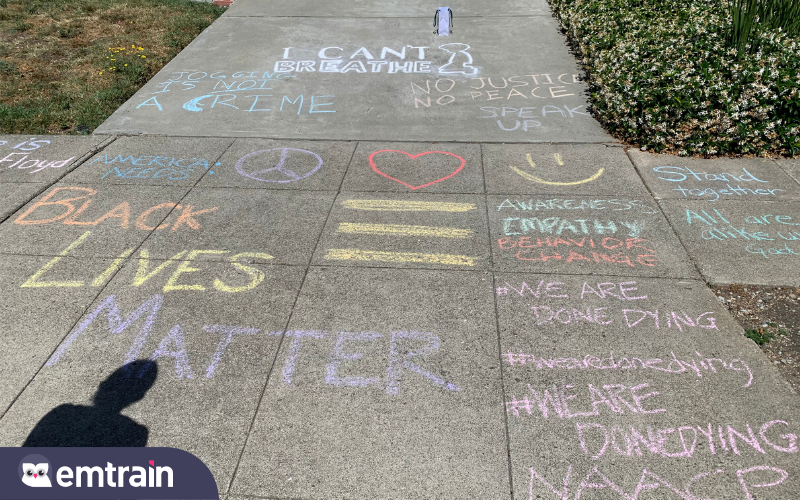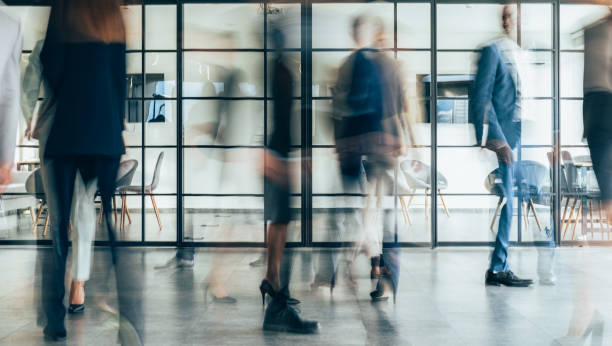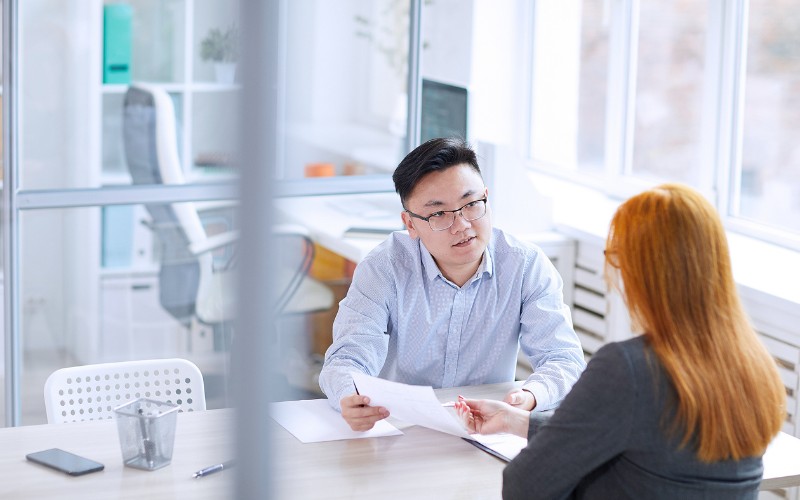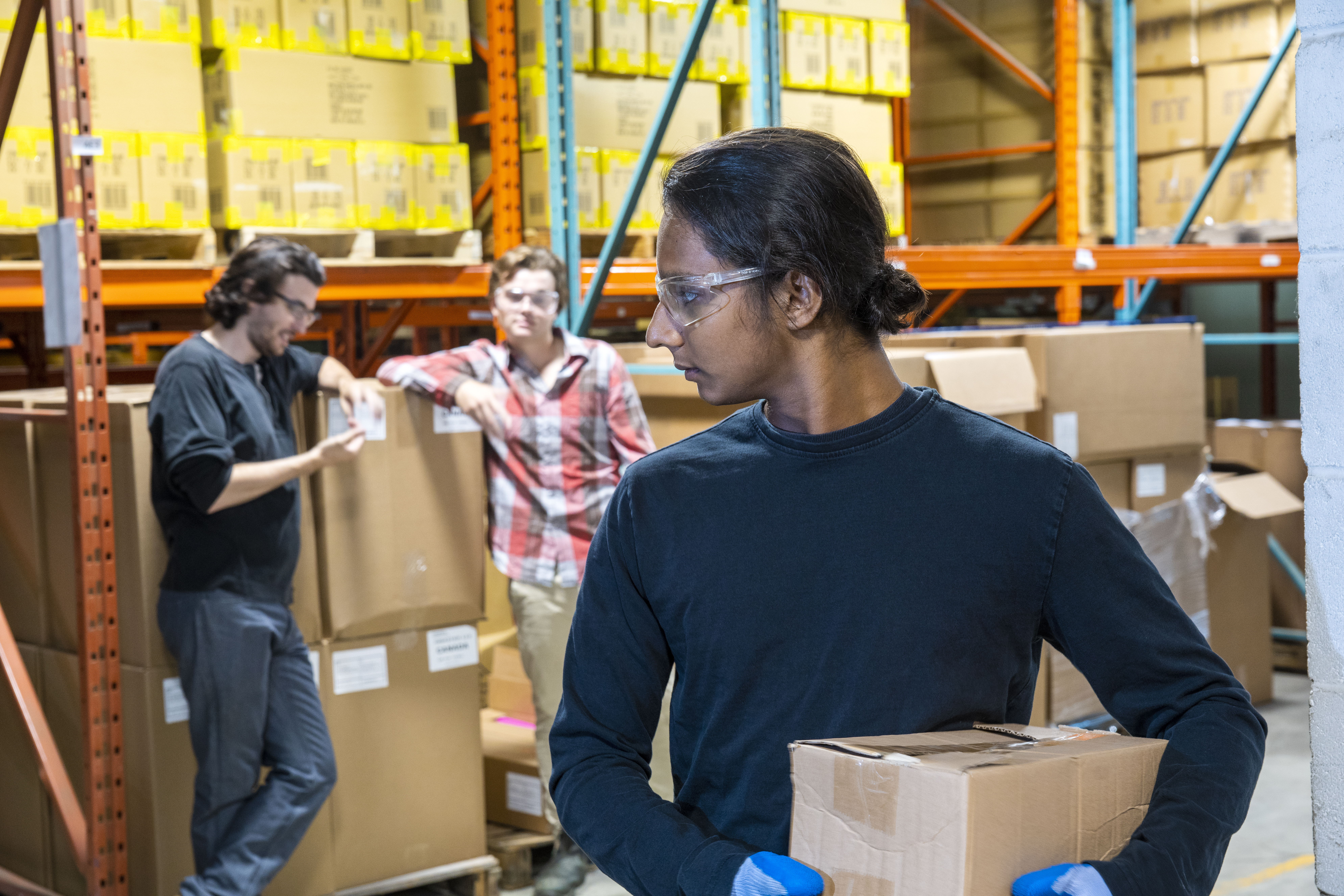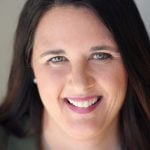“I’ve been watching current events through my lens as a diversity and inclusion practitioner, but I don’t have and can never have all the dimensionality of the problems we face around race and racism. Here I offer my observations as to what got us here and how we can go forward, together.”
We saw civil unrest and rioting across America this past weekend at a level not experienced since the 1960s when Black Americans fought for equality. The murder of George Floyd was the explosive tipping point after the recent wrongful deaths of other Black Americans: Ahmaud Arbery, Breonna Taylor, Tony McDade.
These are tragedies and they are not unique. American society has historically targeted Black people and Black men in particular for crimes they may or may not have committed, and they have been systematically targeted by citizen vigilantes, law enforcement, and the broader criminal justice system. What it means to live and thrive in America differs depending on the color of your skin. As shown by Amy Cooper, a white woman who weaponized race in her dispute with a Black man as caught on video, the disparities of privilege and safety are deeply embedded in our everyday assumptions.
The rioting comes after a deluge of appalling incidents, but importantly, it also comes during the extreme pressures of the COVID19 pandemic. While we are all experiencing emotional stress: fear of the virus, worry for our loved ones, anxiety over financial hardship, the reflexive backlash over lost liberty—the Black community is bearing the brunt of the epidemic. Black Americans have experienced more illness and deaths, and disproportionately lost more jobs than Caucasian Americans and most Hispanic Americans. Because of housing disparities (tight living spaces and polluted neighborhoods), income disparities, health disparities, the Black community is in dire straits. A Pew survey towards the start of the pandemic showed that 48% of African Americans said they would not be able to pay their April bills. To many, the situation is hopeless.
So it’s not surprising that Black Americans are taking to the streets; they have nothing left to lose. But watch the news and you’ll see people of every color protesting. Awareness, empathy, and a desire to be a united brings out people of every color to peacefully protest the unfair Black experience.

We must understand that the core problem comes from slavery in America. African-Americans were brought to this country under extreme duress, forced into total subservience, and treated as a third class, beneath white women, ruled by white men. Hundreds of years of racism built a belief system that African-Americans should have only the absolute barest necessities to ensure their productivity as slaves, but not so much to gain the mental or physical fortitude to rise up. A person’s status was easy to recognize by the color of their skin, and thus society had a simple heuristic (mental shortcut) combined with an institutionalized process to handle us vs. them. Slavery was authorized and regulated by state law, segregation in public institutions existed until 1964. Let all that sit for a minute. We need to own it.
This horrific legacy explains three deep-seated problems in America today:
- Skin color still defines how people are treated. This is why the entire Black community, regardless of heritage or birthright, is treated in a single, racist way. It does not matter if you are descended from slaves on American soil or you immigrated here from Jamaica last week. America does not differentiate.
- American institutions still discriminate against Black people. Whether it be banking (mortgages, student loans, business loans) criminal justice (policing, courts, jailing), or getting pain relief in the emergency room, Blacks have persistently been doubted, wrongly accused, or under-served, and this has been persistent regardless of whether decisions are made in person or online, because the bias has been baked into the algorithms of our emerging high tech world.
- American media continues to demonize and criminalize Black men. Relying on stereotypes reinforced by years of racism, Black men are disproportionately portrayed as thugs, drug dealers, gang members, and thieves, and these images impact how people see Black men, and raise perceptions of suspicious behavior or danger. It’s why you may jump to the wrong conclusion when you see a harmless interaction.
This is where America has not changed. This is why we must do better. This is why we’re at a tipping point.
Martin Luther King, Jr. said “A riot is the language of the unheard, and what is it that America has failed to hear?” We have failed to listen to the harm caused by our “us vs. them” actions based on skin color, we have failed to listen when racial unfairness is highlighted in our American institutions, and we have failed to listen to the available research on unconscious bias that shows we can increase awareness, empathy and behavior change to eradicate stereotypes. The riots are a wake up call.
It remains to be seen how Americans move forward and whether this wake up call will trigger both individual and organizational change. Here are some resources and suggestions we think are helpful.
What Can Individuals Do?
- Show your support for the Black community. One easy way is to purchase a Black Lives Matter t-shirt and wear it often. Proceeds help fund the movement. There are other ways too: perhaps you align with the NAACP’s Game Changers for equality.
- Don’t discount the Black experience. Because of systemic and systematic racism, the Black Lives Matter movement is important – you can’t just replace “Black” with “All”. Become a listener.
- Understand your own bias. Go to Harvard Implicit Association Test (IAT) website and take the Race IAT, Skin-Tone IAT and Weapons IAT to understand how you subconsciously perceive faces of different color. There are also tests for gender, physical appearance, sexual orientation. These take 10-15 minutes. Be prepared to be uncomfortable with the results.
- Be aware of your “norms.” How many different races or ethnicities are in your neighborhood? Your town? Your work team? Your company? Expanding your horizons can start with watching programs with a cast who looks different than you. Search for movies with a Strong Black Lead, feminist films, or filmed in different countries around the world.
What Can Organizations Do?
- Support your Black employees. They need your institutional and personal support. They need physical and mental health relief. They are more likely to have a loved one impacted by COVID19, they may be supporting their family during financial hardship, they are on a worldwide stage while being emotionally exhausted. Be generous. Be kind.
- Review your processes. Amy Cooper was someone’s direct report, and someone’s boss. Bias lurks in recruiting, hiring and layoff decisions. Bias also lurks in who gets heard, who gets opportunities and who gets promotions. Emtrain’s online Unconscious Bias Course helps teach all employees what to watch out for, and how to speak up when they see an unfair practice.
- Make sure your HR investigations are fair. Looking the other way when an incident is reported, or handling different complaints differently, sends a loud signal that some people are allowed to get away with bad behavior. You may have people within your population who have had their behavior excused in the past. Use a checklist to prevent unconscious bias in future investigations.
- Help employees understand what inclusion means. Emtrain’s online Inclusion and Belonging course focuses on bringing your best self to work, understanding identity filters, and valuing differences, and explains key concepts like privilege, covering, and how to apologize when you say or do something you shouldn’t have.
- Reassess your workplace culture. Emtrain’s Workplace Culture Report found that 38% of people cite “us vs them” as the greatest source of conflict in their organizations. People who have had to minimize their heritage or identity to fit into a job experience lower levels of empathy and trust. We score these sentiments, along with power dynamics, social intelligence and organizational norms & behaviors, in our quantitative Workplace Culture Benchmark to give companies a baseline score on the health of their workplace culture.
